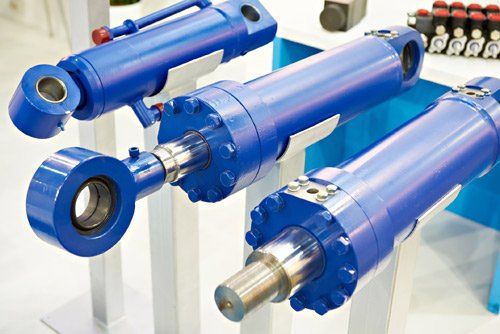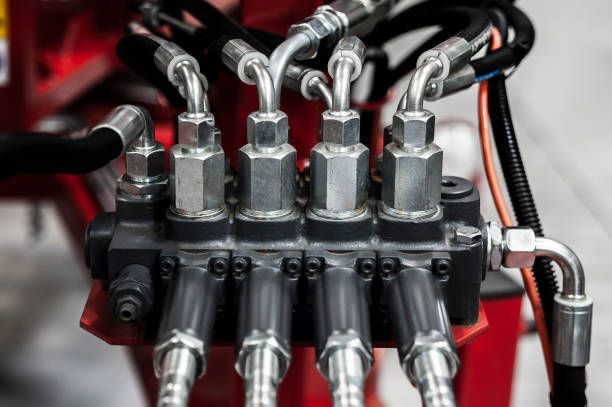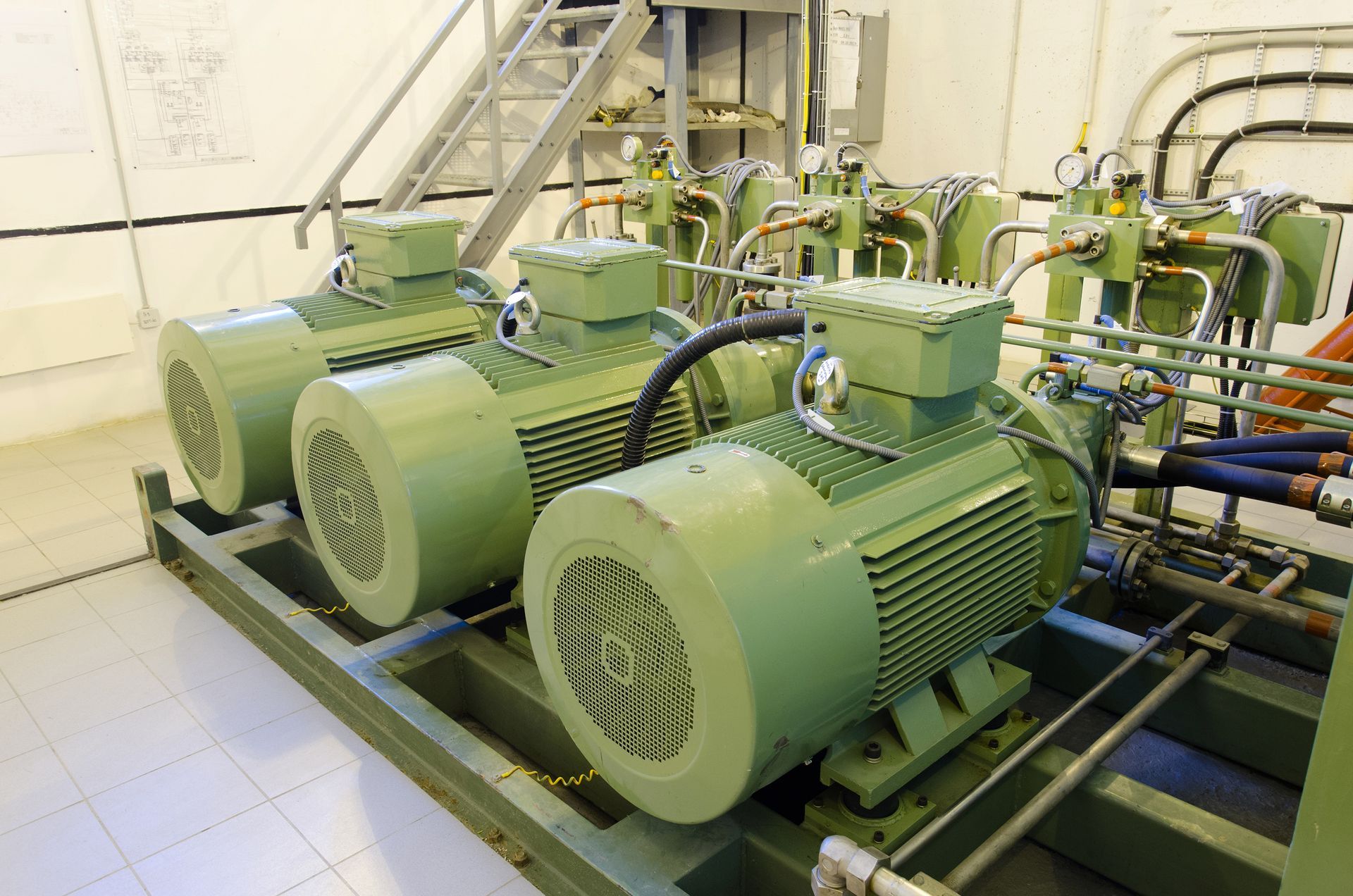Understanding Drift in Hydraulic Cylinders
Admin • July 10, 2018
Downtime in hydraulic systems is more than an unwanted nuisance — such slowdowns can have a direct impact on plant efficiency and your bottom line. Drift in hydraulic cylinders is a common cause of system breakdowns that can result in delays if left unresolved for a time.
Read on to learn more about hydraulic cylinder drift and ways to mitigate this problem.
Basics of Hydraulic Cylinders
Cylinders are a type of actuator in a hydraulic system. By converting fluid pressure to force, the cylinder works to deliver linear motion that pushes, pulls, and lifts a load.
Cylinders come in numerous sizes, types, and varying capacities. Even then, all cylinders fall under two categories: single-acting and double-acting cylinders.
Single-Acting Cylinders
In a single-acting cylinder, the linear thrust is delivered in one direction. This cylinder features one port through which high-pressure air enters the cylinder to push the piston forward.
Single-acting cylinders are typically used in plant equipment that performs tasks in a single direction.
Double-Acting Cylinders
This type of hydraulic cylinder is the most common in linear actuator circuits. In a double-acting cylinder, the actuator delivers linear thrust in both forward and backward directions.
This type of cylinder features a port at each side through which compressed air enters to trigger the piston's mechanism. Double-acting cylinders are useful for heavy-duty applications that require forward and backward motions for task completion.
Basics of Hydraulic Cylinder Drift
Hydraulic cylinder drift is a phenomenon in which components of the cylinder shift from their neutral position. These movements are typically intermittent, subtle, and are only noticeable over time. The most common sign of an internal leak is the unusual movement of plant equipment.
The jerky movements that characterize cylinder drift can hinder the optimal performance of the hydraulic cylinder and plant equipment as a whole. Additionally, unbalanced industrial equipment can pose serious safety hazards to operators.
Causes of Hydraulic Cylinder Drift
Oil leakage in the cylinder is the main cause of drift. Oil leaks on the cylinder's control valve, holding valve, or rod seals can exert unequal pressure on the piston, resulting in the piston moving unnecessarily.
An oil leak may also result in uneven distribution of hydraulic fluid, which can cause the piston to move from its neutral position unless an opposing load holds the piston in place.
Another cause of cylinder drift is a piston with an oversized diameter. The larger the piston area, the greater of a drifting force the piston will experience. Therefore, reduction of the piston's diameter can minimize drifting in linear actuators.
Contamination of the hydraulic fluid can also cause uneven balance, damage seals and sealing surfaces, and result in unwanted movement of the cylinder and its components.
Prevention of Hydraulic Cylinder Drift
Every piece of industrial equipment requires a specific type of cylinder. To mitigate the occurrence of drift, be sure to use application-specific cylinders and components, especially when replacing your hydraulic actuators.
Ensure proper installation of your hydraulic cylinder. Poor installation can cause unwanted movement of the cylinder, its components, and entire equipment.
Finally, preventative maintenance through regular plant inspections and timely repairs can help to identify and fix cylinder leaks early.
The cylinder is the heart of a hydraulic system. Cylinder drift is not only a significant safety concern; this problem can also result in extensive and costly damage to the entire equipment. Have a reputable technician check your hydraulic systems regularly to mitigate unusual equipment movement.
At Quad Fluid Dynamics, Inc.
, we are the leading hydraulic experts in Ohio. If you are worried about the performance of your hydraulic cylinder, get in touch with us today for cylinder rebuilding and repair services you can trust.
Hydraulic pumps are quickly becoming an industry standard in industrial machinery. Continue reading to learn about the benefits of hydraulic pumps.
Custom hydraulic systems are used across a multitude of different fields and functions. Read on to learn more about the endless possibilities.
Hydraulic pumps are important. Dive into the common causes of hydraulic pump failures and explore effective solutions to keep your systems running smoothly.
Follow this quick guide to learn some of the best methods for determining exactly what hydraulic part you need and how to access those parts quickly.
Like any other machinery, hydraulic pumps need routine servicing to function efficiently. Learn how to drain and clean your hydraulic pump's reservoir.
At the heart of hydraulic systems lies hydraulic fluid, a critical component that enables the transmission of force and motion. Read to learn more.
How should you decide when to rebuild or repair your hydraulic system? Read this blog to learn the differences between the restoration methods.



